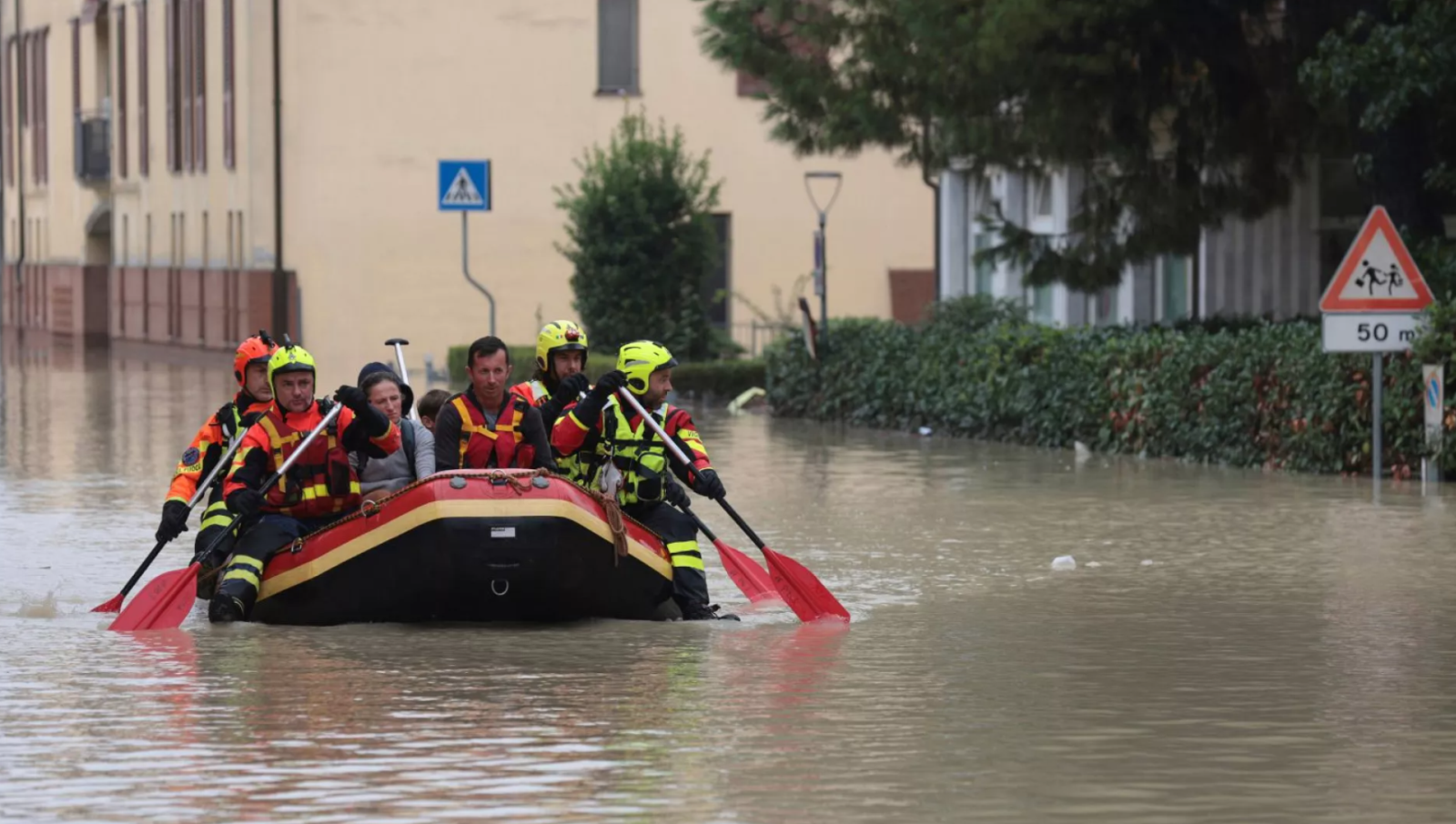
Confirming 2024 as the warmest year in 175 years of observations, the report highlights record-breaking heat, rising sea levels, and melting glaciers as clear signs of escalating climate change.
Atmospheric carbon dioxide (CO₂) concentrations have now reached their highest levels in at least 800,000 years, while every year of the past decade ranks among the 10 hottest on record. Most alarmingly, 2024 was likely the first full calendar year where global temperatures exceeded 1.5°C above pre-industrial levels – the threshold set by the Paris Agreement to prevent the worst consequences of climate change.
"The latest planetary health check tells us that Earth is profoundly ill. Many of the vital signs are sounding alarms," warns UK Met Office chief scientist Professor Stephen Belcher.
"Without serious efforts to heed these warnings, extreme weather events—such as drought, heatwaves, and flooding—will continue to worsen."
Extreme Weather Hits Europe Hard
Nowhere was the impact of this accelerating crisis more evident than in Europe, which saw nearly half of last year's 152 unprecedented extreme weather events.
In 2024 alone:
- 114 unusual and 75 unprecedented extreme events were recorded across the continent.
- 26,800 people were displaced, 5,600 were injured, and 111 lost their lives due to weather-related disasters.
- 34 intense heatwaves struck, from Norway—where temperatures exceeded 30°C in September for the first time—to Bulgaria, which endured its longest summer heatwave since 1932.
- Nine unprecedented floods left 32 people dead, with Northern Italy suffering three major flood events in just two months.
- Severe droughts in Poland, Estonia, and Denmark displaced 4,800 people, as water shortages devastated agriculture and ecosystems.
Climate Catastrophe on a Global Scale
Europe was not alone in facing the destructive consequences of climate change. The WMO report details the far-reaching impact of extreme weather worldwide, from supercharged storms to record-breaking displacements.
- Tropical cyclones intensified by global warming wreaked havoc across the US, Southeast Asia, and Africa.
- Hurricane Helene, which struck Florida in October, led to more than 200 deaths due to catastrophic flooding—the highest hurricane death toll in mainland US since Katrina (2005).
- Typhoon Yagi battered Vietnam, the Philippines, and southern China, causing widespread destruction.
- Cyclone Chido devastated Mozambique, Malawi, and Mayotte, flattening entire neighborhoods and displacing 100,000 people.
WMO Secretary-General Celeste Saulo described the findings as yet another reminder of the growing cost of climate inaction.
"Data for 2024 show that our oceans continued to warm, and sea levels continued to rise," she said.
"The frozen parts of Earth's surface, known as the cryosphere, are melting at an alarming rate: glaciers are retreating, and Antarctic sea ice reached its second-lowest extent ever recorded."
A Future Defined by Crisis?
The WMO warns that some climate impacts are now irreversible for centuries, if not millennia. Despite this, the world still has a chance to limit warming to 1.5°C—but only if immediate, decisive action is taken.
One critical issue, the report highlights, is the lack of investment in early warning systems.
"We are making progress, but we need to go further and faster," says Saulo.
"Only half of all countries worldwide have adequate early warning systems. This needs to change."
With heatwaves, droughts, and storms growing more intense, experts stress that strengthening climate adaptation and disaster preparedness must be a global priority.
The warning is clear: without urgent action, the world is headed for a future of escalating climate disasters and humanitarian crises.